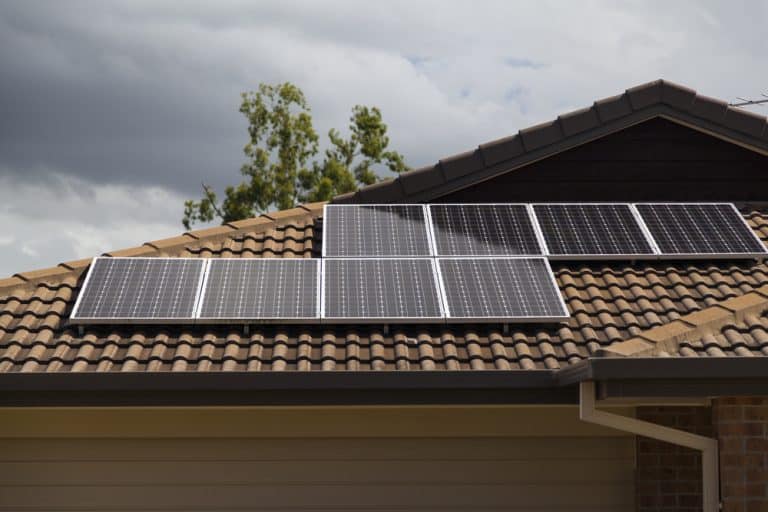Expanded Solar Access In Nevada: AB 465

Nevada passed legislation to expand solar access. This bill, however, doesn’t mean everyone in Reno can get solar.
Nevada legislatures presented the AB 465 on Mar. 25, 2019, and got approval by the governor for the bill on June 4, 2019.
This bill, however, isn’t the first attempt at expanding the reach of solar. Other solar-related bills have come to Nevada’s legislative stage over the years.
Solar Energy Situation in Nevada
Nevada has a history of solar access legislation attempts and successes. Although, the most well covered, the war over solar net metering is not the only solar legislation.
The legislature recently passed a bill that increased Nevada’s renewable energy portfolio. Nevada also received pushback in 2017 on the community solar bill 392 proposal.
Although many agreed it was good, the timing was off. This bill didn’t pass because it came before the deciding vote on open-market electricity.
Open-access utilities would have given Nevadans more energy options. Increasing this choice at the same time as adding more community solar was deemed as too much at once. The Governor, however, stated that the bill would have given community solar an unfair advantage because their regulations are different than electric utilities.
Explanation of the AB 465
Although not getting SB 465 passed was a disappointment, this wasn’t the end of the fight. AB 465 is another stab at improving solar accessibility.
This bill focuses on increasing solar access for those that can’t qualify for solar. The twist, this is being done through utilities instead of community solar. It asks utilities like NV Energy to create expanded solar access programs.
The issue that some solar activists have with this bill is that it doesn’t promote community solar. Instead, it makes utility-scale renewables more appealing.
This bill only allows between 3 and 10 community solar projects per service territory. Each community solar project needs to be under 1,000 megawatts. All solar generation also needs to be owned and operated by the utility.
Although this is disheartening, not everyone sees this new bill as all bad. Some see it is a stepping stone towards increased community solar projects in the future.
Who Qualifies for Nevada’s Expanded Solar Access
The SB 465 specifies that these programs need 25 percent of participants to be low-income. Those who don’t qualify for residential solar can still apply for this program.
Some factors exclude people from residential solar. Low credit, not enough space and rented or leased residences are a couple of these factors, making it difficult for some to install solar.
However, if the person can qualify, it is cheaper to purchase a solar array. Solar saves money because residential solar is cheaper than utility company electric rates.
The utility solar access program is only required to reduce fees for low-income participants. Those that aren’t low-income but still can’t qualify for residential solar will potentially pay more to participate in this program.



Send a Message
Oops! We could not locate your form.